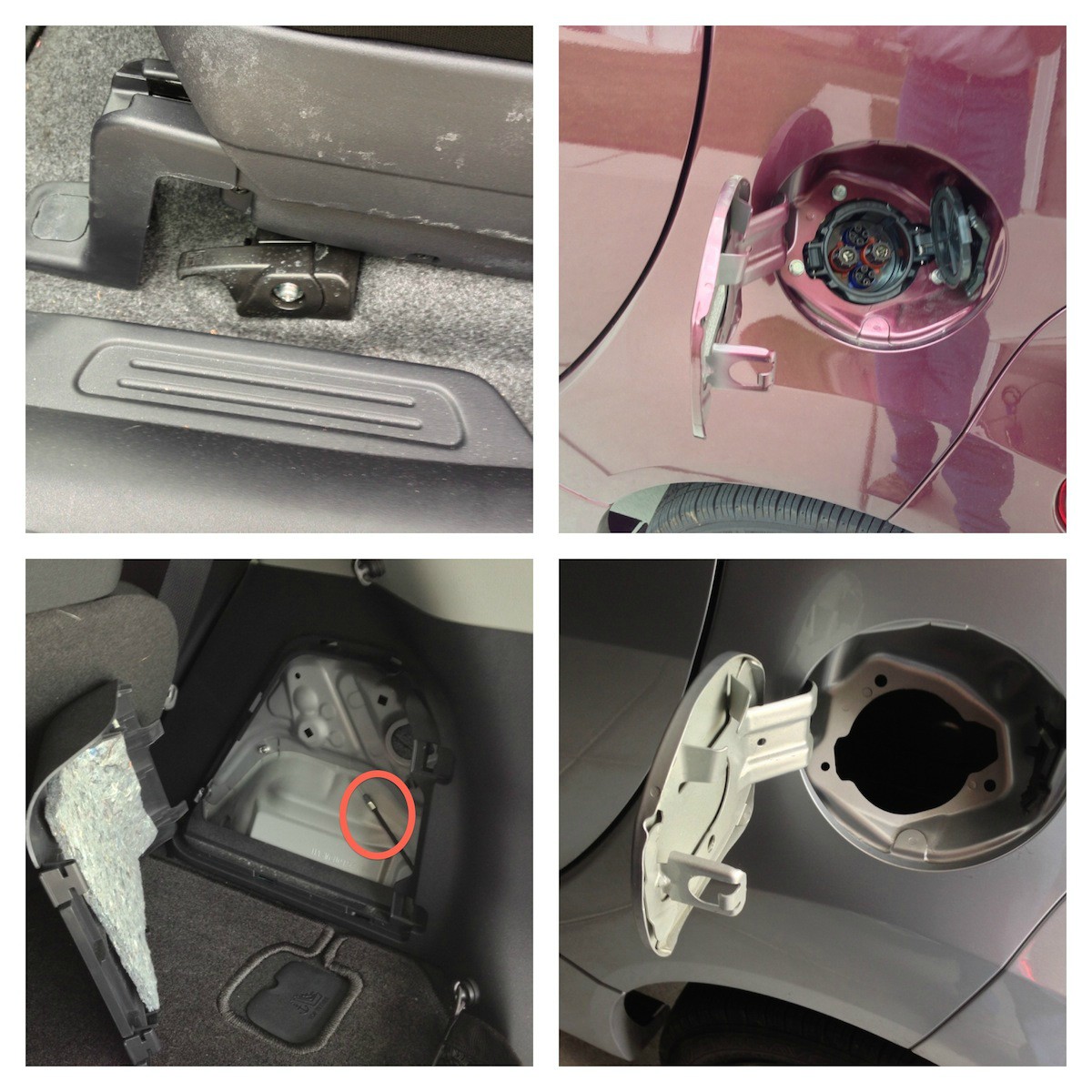From what I've read, Don, you're correct on all of the above. BUT- I've yet to hear a reason why bulk fast-charging could not be performed on occasion with little or no ill effect, IF the operator takes care to stay within limits. The hobby and race-duty chargers like Manzanita Micro's do not apply an arbitrary voltage- they apply precisely what is programmed in terms of voltage, amperage, and hold time at constant voltage for a finishing charge (set to zero for bulk charging). We know that Mitsu went very conservative on our cell voltages, not providing a high-charge option for extended range.Don said:I would suspect it's up to the car... I would guess .. The commercial stations must be looking ...I suspect it's looking at lots of variables, ... it looks like it checks the charge current ..
Don
http://www.gs-yuasa.com/us/technic/vol5/pdf/05_1_021.pdf
GS Yuasa tested these cells by charging to 4.10V in three hours. Mitsu has us charging to 3.955V in 6 to 21 hrs... (and provides no guidance on whether 21 hrs or 6 hrs makes any difference in battery longevity)
Exactly how much more energy could be stored with that extra 0.145 V is hard to tell, but the above-linked graph shows how flat the discharge curve is at high voltage, and makes 10 Ah or 20% look possible.
It's like we're forced into the 80% charge at all times without a boosted option for those heavy-duty days. Bottom line though, this is a warranted product, which much be "idiot-proofed" to the greatest extent possible. Nissan was reminded of this by their hot climate customers (who received no warning from their cars that heat damage was occurring ).
Lastly, it appears to me from several sources that the length of spent at high state-of-charge has a greater effect on pack longevity than exactly how high the peak voltage is, yet I see no cars or EVSE pursuing that control strategy. (Bring SOC to a certain level, say 50% ASAP, then restart charging X minutes before a planned departure in order to minimize time at high SOC.) :? Of course, this would increase the importance of periodic balancing charges.



































